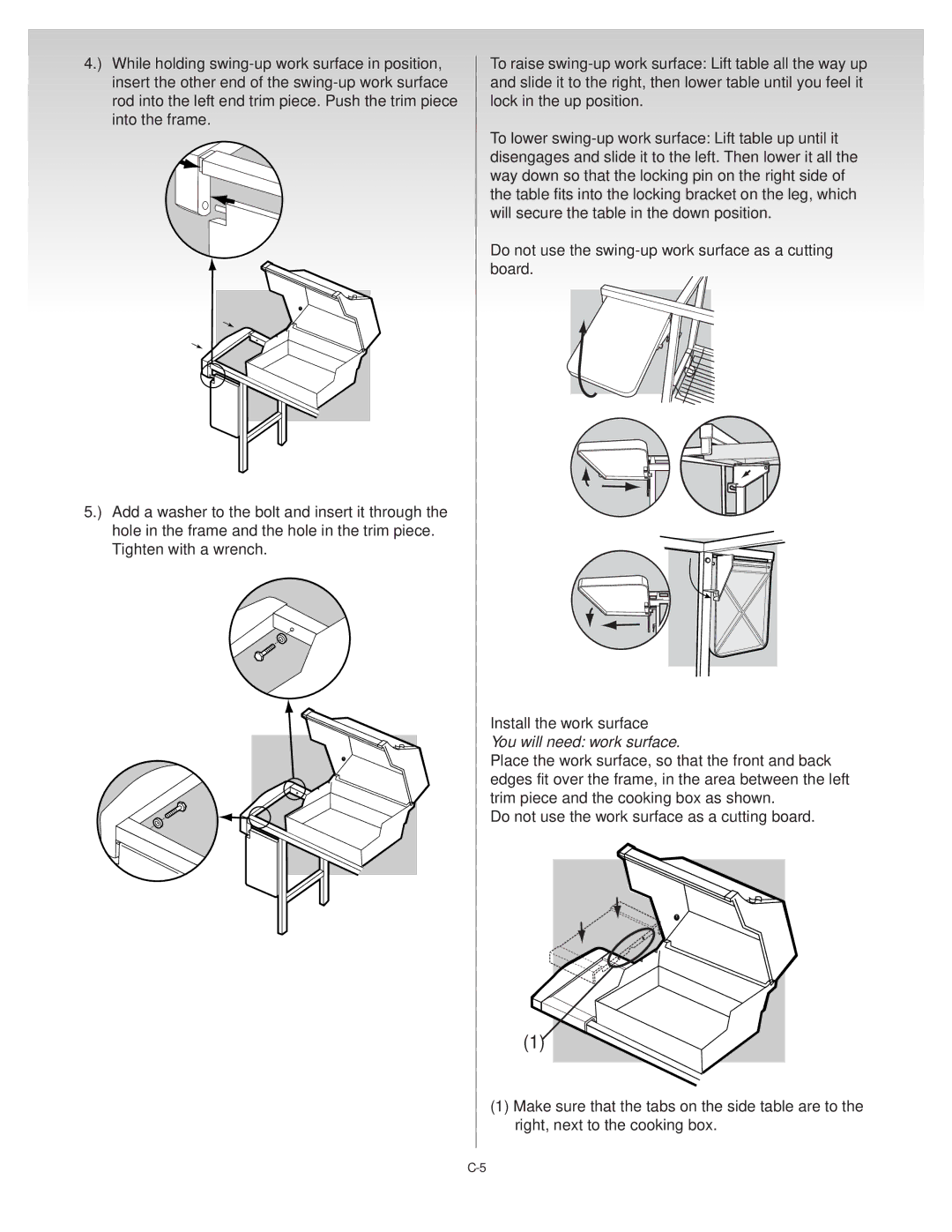C075.A, A103.A, B069.A, D082.A specifications
The Weber D082.A, B069.A, A103.A, and C075.A are part of Weber's distinguished range of high-performance electronic control devices, specifically designed for various industrial and commercial applications. Each model showcases distinctive features and cutting-edge technologies that enhance operational efficiency and reliability.The Weber D082.A is renowned for its robust build, integrating advanced automation technology. It offers versatile programming options that allow users to customize operation modes based on specific applications. The D082.A supports multiple communication protocols, ensuring seamless integration with existing control systems. It is equipped with a high-resolution display for real-time monitoring and diagnostics, enabling users to make quick adjustments and enhance productivity. The protective design resists environmental challenges, making it suitable for harsh industrial settings.
Next, the B069.A model is designed with an emphasis on energy efficiency. It employs intelligent power management systems to reduce energy consumption while maintaining high output performance. This device is also equipped with advanced fault detection algorithms that quickly identify potential issues, minimizing downtime. Moreover, the B069.A features an intuitive user interface that simplifies configuration and operation, ensuring that even operators with limited technical knowledge can manage the system effectively.
The A103.A highlights its adaptability through modular design, allowing businesses to tailor the unit to their specific requirements by adding or removing components as needed. This flexibility is complemented by enhanced safety features, including emergency stop mechanisms and fail-safe operations, which ensure user protection in the event of system malfunctions. Additionally, the A103.A is designed for ease of maintenance, with quick-access panels that facilitate routine checks and service.
Finally, the C075.A model is characterized by its advanced analytics capabilities. With real-time data collection and analysis, this device enables users to optimize processes and predict maintenance needs. The C075.A incorporates state-of-the-art sensor technology, providing accurate monitoring of various parameters, including temperature, pressure, and flow rates. This information can be invaluable for industries that demand precision and compliance with regulatory standards.
In summary, the Weber D082.A, B069.A, A103.A, and C075.A collectively offer a range of advanced features and technologies aimed at improving industrial operations. Their unique characteristics cater to the diverse needs of modern enterprises, emphasizing efficiency, adaptability, and safety across various applications.

